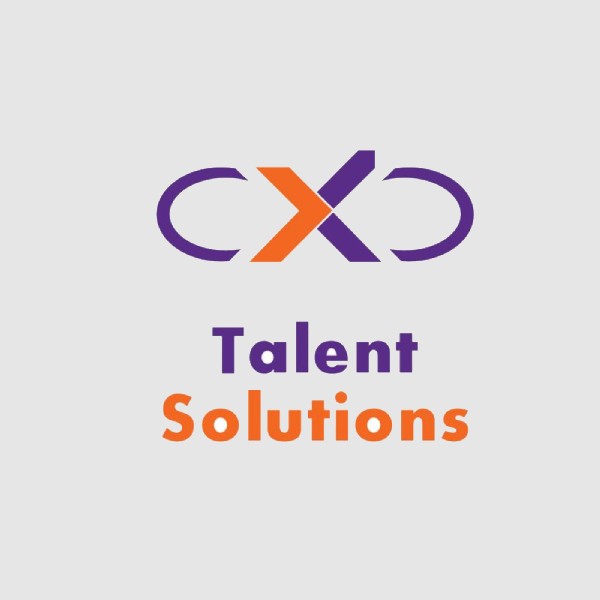Victory in the War for Talent is generally defined as the recruitment of more “A” level performers than the competition. Organizations that employ the lion’s share of such individuals have higher levels of productivity and innovation and greater sales and profits than do other organizations. Or, do they?
Research suggests that there are actually two kinds of superior performers:
The “A” level person is the best he or she can be in their profession, craft or trade. They are motivated by the external recognition and rewards that come from their outsized contribution to an organization.
The “B” level person is every bit as good a performer as the “A’ level person, but he or she is motivated by what one writer called “mental chocolate” – the intrinsic satisfaction that comes from doing a job well.
Historically, organizations have chased the “A” level performer and put up with their sometimes less than collegial behavior because they were thought to be the sole key to organizational success. Today, however, employers are finding that a blend of “A” and “B” level performers provides the best (and most durable) results.
How do you recruit such a blend?
Focus on what they have in common. As different as they are, both “A” and “B” level performers have one very important similarity. Neither thinks of him or herself as a job seeker. Ever. Even when they are actively in transition, they see themselves engaged in a search for something other than a job. What they want – what is most likely to motivate a response whenever they are contacted by a recruiter – is a career advancement opportunity.
The Career Advancement Value Proposition
From an “A” and “B” level performer’s perspective, a career advancement opportunity has several critical elements. It is a position that will:
challenge them to test the limits of their skills and knowledge;
allow them to gain expertise and experience they value;
enable them to achieve continued success in work they find meaningful;
expose them to peers who will encourage and support their best work;
and
employ them in an organization that will respect and reward their contribution.
While a career advancement opportunity can be described in the conventional terminology of job postings, doing so places an organization at a significant disadvantage in the competition for top talent. Let’s face it, requirements and responsibilities are words only an employer could love. Worse, they force prospects to translate the employer’s information into terms that have meaning and importance for them. And, frankly, a lot of “A” and “B” level performers simply can’t be bothered; they have too many other opportunities being offered to them by other recruiters.
A better way to communicate the value proposition of a career advancement opportunity, therefore, is to address the five questions every “A” and “B” level performer wants answered about an opening.
Those questions are:
What will I get to do?
What will I get to learn?
What will I get to accomplish?
Whom will I get to work with?
How will I be recognized and rewarded for my work?
Whether you’re posting on a job board or a social media site, on your own corporate career site or in a print publication, the key to success is to describe your openings as career advancement opportunities. Provide the information that “A” and “B” level performers want to know, and you’ll recruit the blend of talent your organization needs to succeed.
Thanks for reading,
Peter Weddle
Visit me at Weddles.com
P.S. Please tell your coworkers and friends about WEDDLE’s Newsletter. They’ll appreciate your thoughtfulness, and so will we. 




